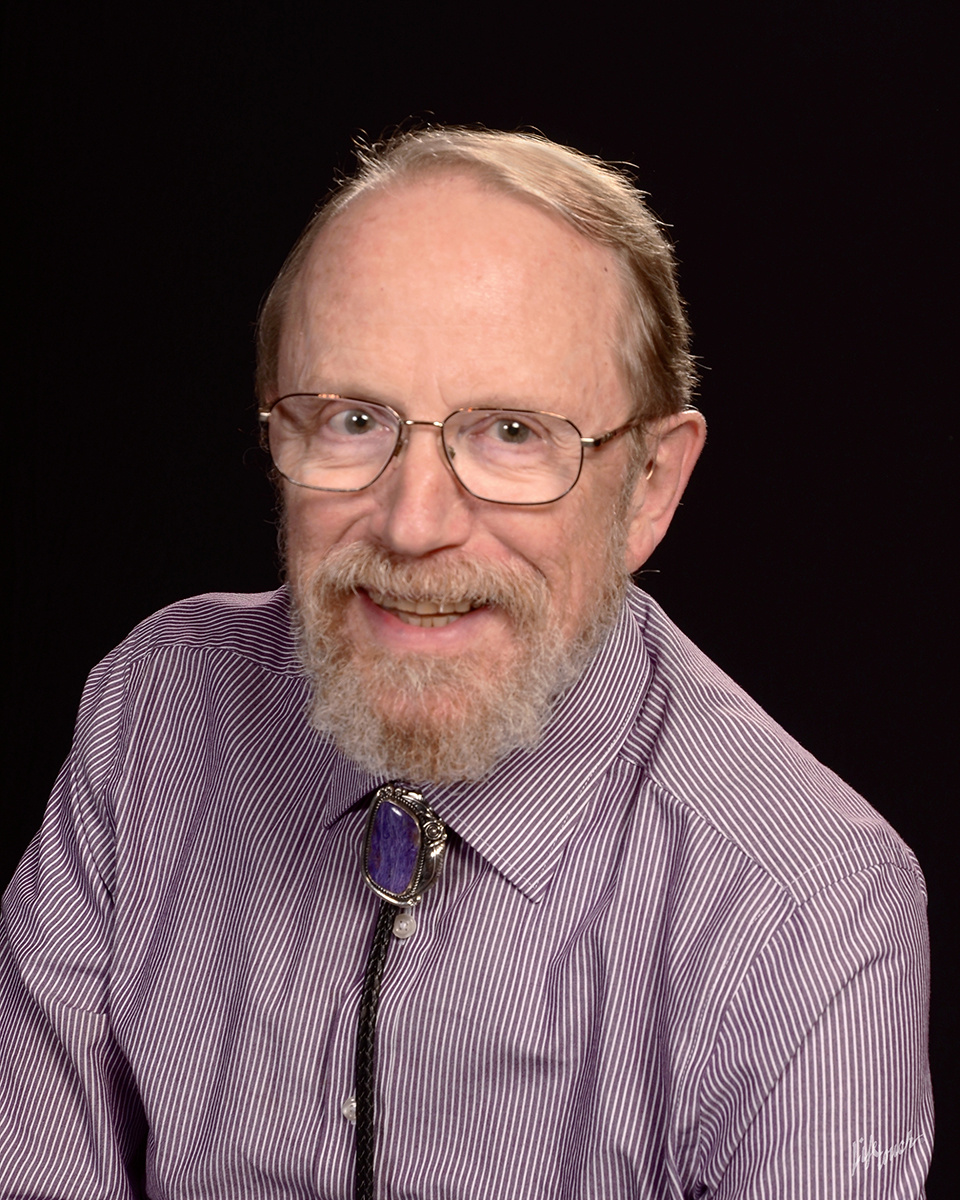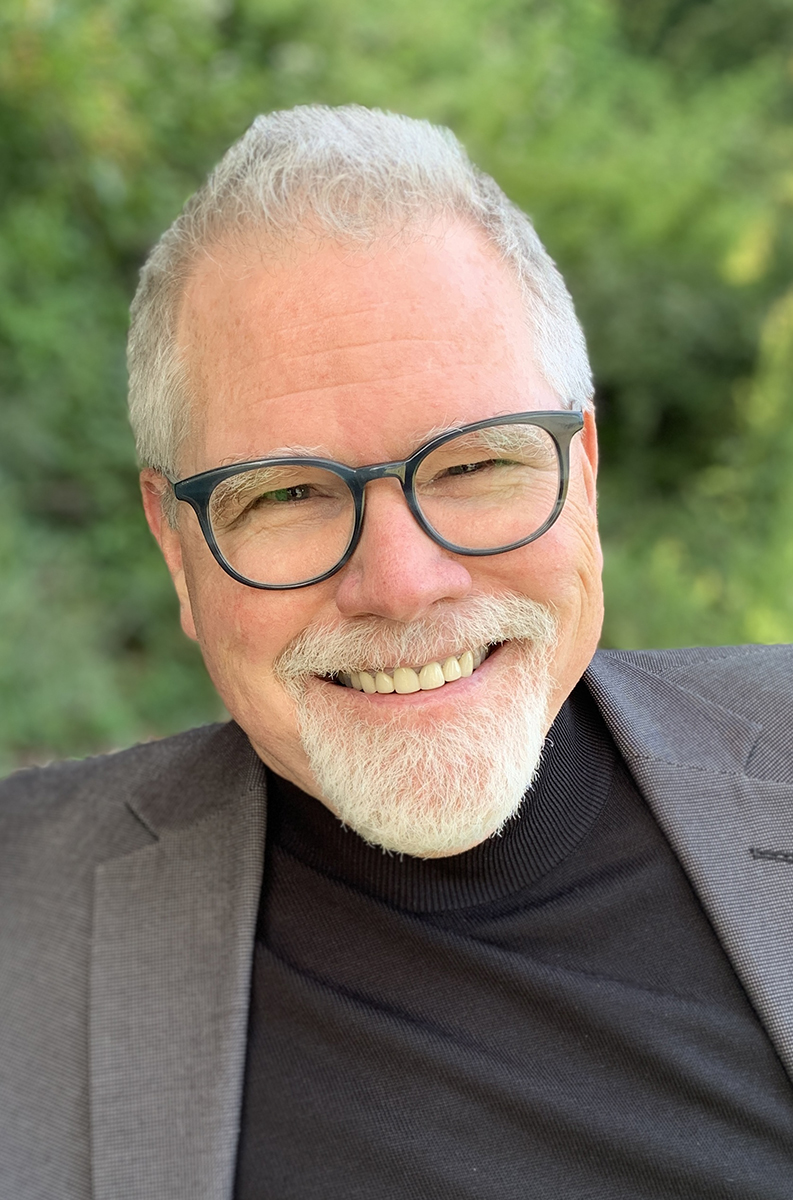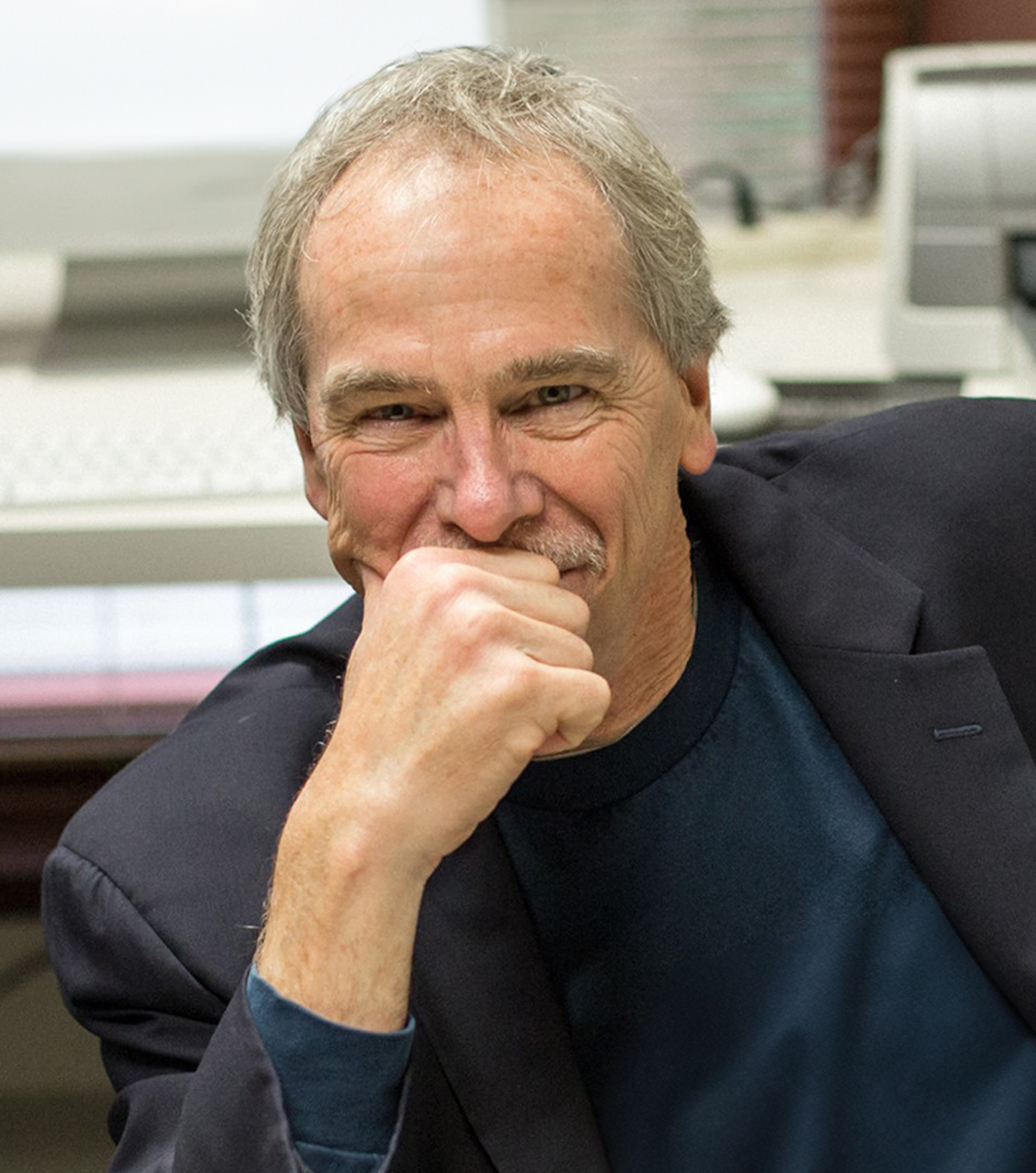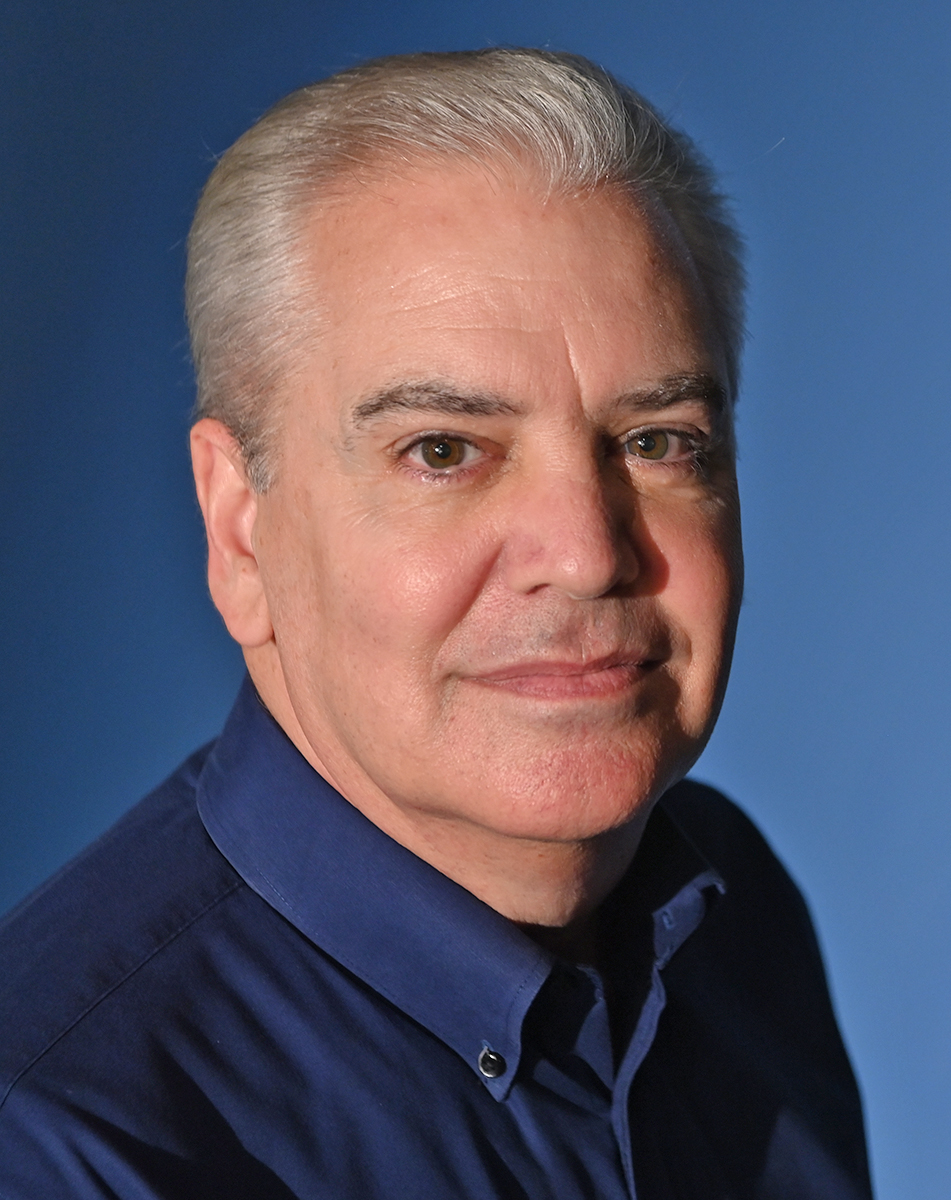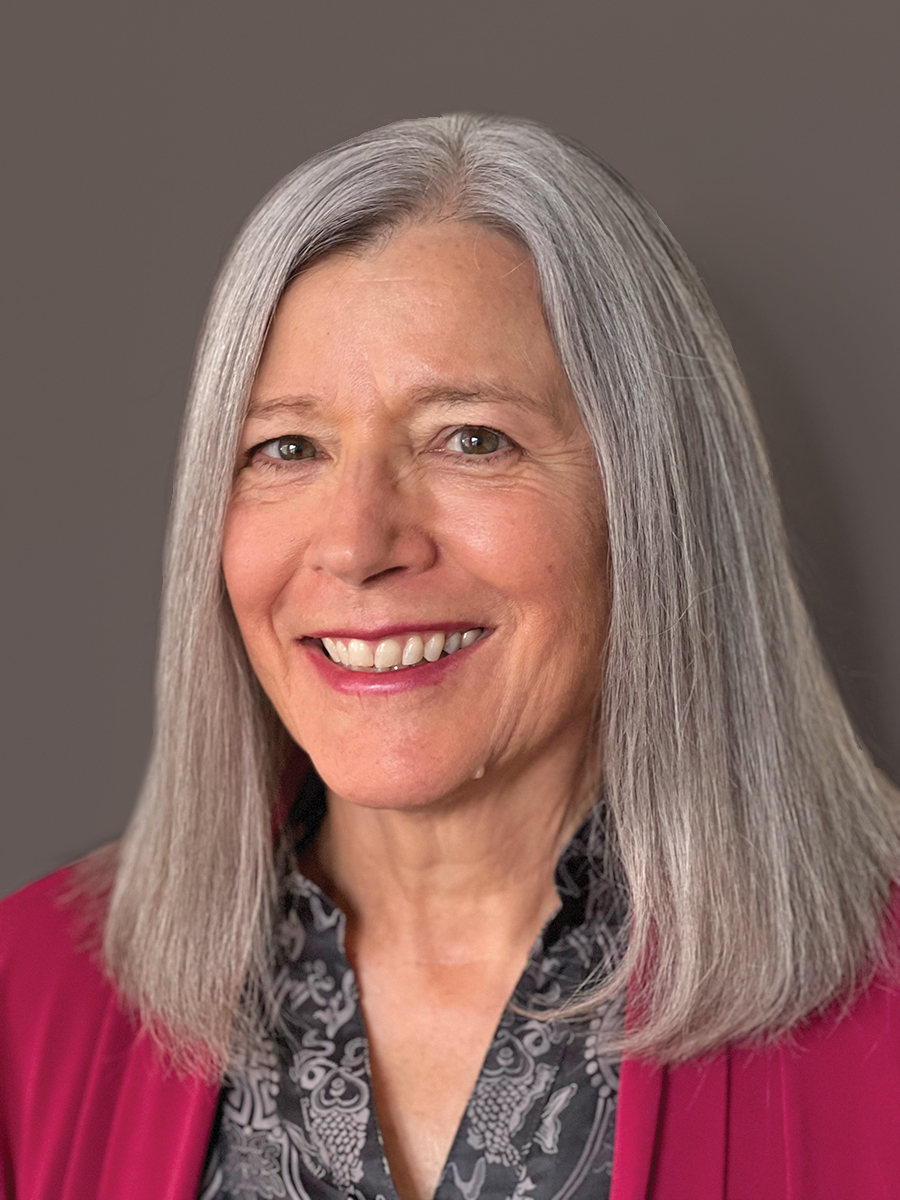Q&A with the Author
- Congratulations on the publication of Motivational Interviewing, Fourth Edition! For those who may not know, can you briefly explain motivational interviewing (MI)? Why is it such an effective way to promote positive change?
- You first described MI in 1983—40 years ago—and then you and your co-author Steve Rollnick published the first edition of the text in 1991. Since that time, how has MI changed? Where do you think MI is headed in the next 40 years?
- In the preface to the fourth edition (which is almost entirely new), you write “The first three editions of Motivational Interviewing [grew] in size and complexity...We could now write a still larger and more complicated fourth edition, but we are drawn instead toward simplicity.” What do you mean by this? How is this new edition simpler?
- This edition also includes many new pedagogical features, such as reflection questions; key points; and key concepts at the end of each chapter; “Personal Perspective” and “For Therapists” boxes in every chapter; and a self-assessment tool that targets the component skills of MI. Why did you and Dr. Rollnick decide to include these elements in the book? Were they easy or difficult to create?
- Lastly, we would love to learn a little bit more about you on a personal level! When you are not working, what do you do for fun? Now that your book is out, is there a project that you are excited to work on next (a presentation, a workshop, writing another book, etc.)?
Congratulations on the publication of Motivational Interviewing, Fourth Edition! For those who may not know, can you briefly explain motivational interviewing (MI)? Why is it such an effective way to promote positive change?
MI is a person-centered way of having conversations about change in order to strengthen people’s own motivation and commitment. Ironically, a normal human response when given uninvited advice is not to do it, or to do the opposite, even if you agree with the advice. Yet so much in the helping professions has been about telling people what to do. Someone’s own reasons for change are much more important than whatever I might suggest. MI is about finding and evoking a person’s own motivation.
You first described MI in 1983—40 years ago—and then you and your co-author Steve Rollnick published the first edition of the text in 1991. Since that time, how has MI changed? Where do you think MI is headed in the next 40 years?
In the beginning, MI was focused on specific changes (often decreasing harmful behaviors such as smoking and drinking). But we now think of its usefulness in facilitating change and growth more generally. Additionally, MI is now being applied in areas well beyond our initial imagining. It is used not only in counseling and psychotherapy but also in health care, education, nutrition, coaching, preventive dentistry, sports, social work, corrections, leadership, and management. Note that this includes some professional roles that are less about effecting discrete behavior changes and more about accompanying people over a longer period of growth, roles such as teachers, mentors, parents, spiritual directors, supervisors, leaders, and life coaches. One change, then, has been discovering a broadening range of situations and professions in which MI can be useful. We also understand MI far better than when we began developing it. Over 2,000 controlled trials of MI have been published worldwide and there is now a large group of MI trainers who have helped us think and learn about the method.
MI will probably continue to be applied in new and different contexts. I hope that it helps to further humanize service professions as it already has in health care and addiction treatment. MI is particularly about the quality of helping relationships, which also helps to make our work as helpers more enjoyable. Research continues at an amazing pace, and I think we will continue learning more about where, when, and how MI works and the important relational aspects of helping professions.
In the preface to the fourth edition (which is almost entirely new), you write “The first three editions of Motivational Interviewing [grew] in size and complexity...We could now write a still larger and more complicated fourth edition, but we are drawn instead toward simplicity.” What do you mean by this? How is this new edition simpler?
We wanted to focus the fourth edition on the essence of MI, what we have learned about it over the decades. From the beginning we have been committed to keeping MI scientifically accountable, to measuring its processes and outcomes so that others can test and verify them. Once you get deep into that kind of complexity it may become possible to understand and explain what is happening in simpler terms. We also knew we were writing for a much wider range of helping professions, so we tried to move beyond specialist jargon and describe MI in simpler everyday language. When we finished the fourth edition it was 30% smaller than the third edition. We hope to make MI more accessible for a broader range of helpers.
This edition also includes many new pedagogical features, such as reflection questions; key points; and key concepts at the end of each chapter; “Personal Perspective” and “For Therapists” boxes in every chapter; and a self-assessment tool that targets the component skills of MI. Why did you and Dr. Rollnick decide to include these elements in the book? Were they easy or difficult to create?
Describing something in different ways can help to make it clearer. The key points and concepts are meant to shine light on the fundamentals. We wrote the “Personal Perspectives” to give readers a sense of the two of us, of the real people writing this book. As we were writing for a broader range of helping professions, we also wanted to speak directly to specialists in behavioral health who are still primary providers of MI, and that’s the purpose of the “For Therapists” feature using the language of counselors and therapists.
Lastly, we would love to learn a little bit more about you on a personal level! When you are not working, what do you do for fun? Now that your book is out, is there a project that you are excited to work on next (a presentation, a workshop, writing another book, etc.)?
Freed up in retirement, my wife and I are enjoying traveling again and spending time with our children and their families. With a delightfully empty calendar I can wake up and ask what I’d like to do today. I still do some speaking and training. I like to cook. I volunteer with programs serving the homeless. Music has been a lifelong passion, and I enjoy singing and dabbling in choral composition. I continue to love writing. I am finishing up a new book about hope (to be published by Guilford Press). Life is good.
See all titles by and read more about William R. Miller on his author page!
